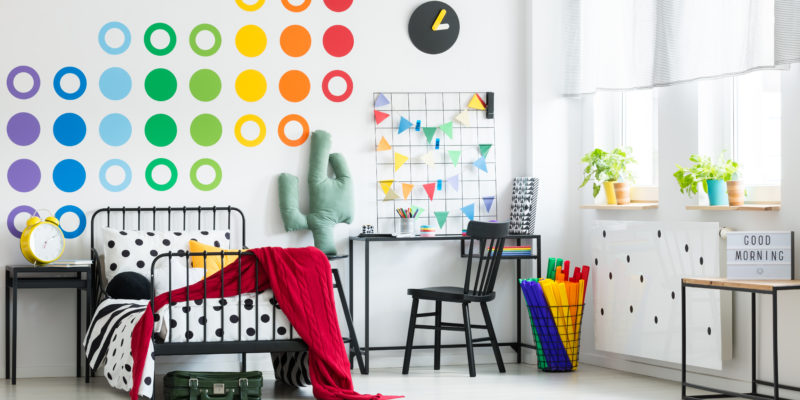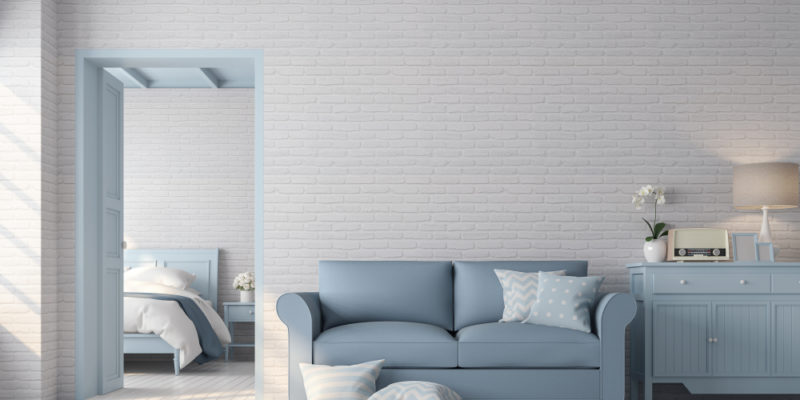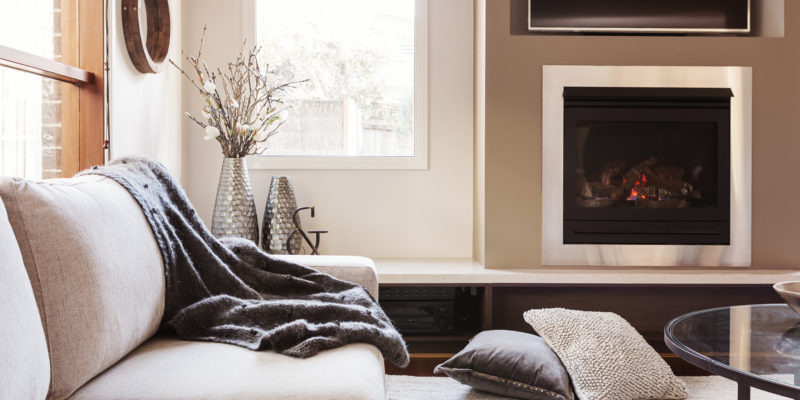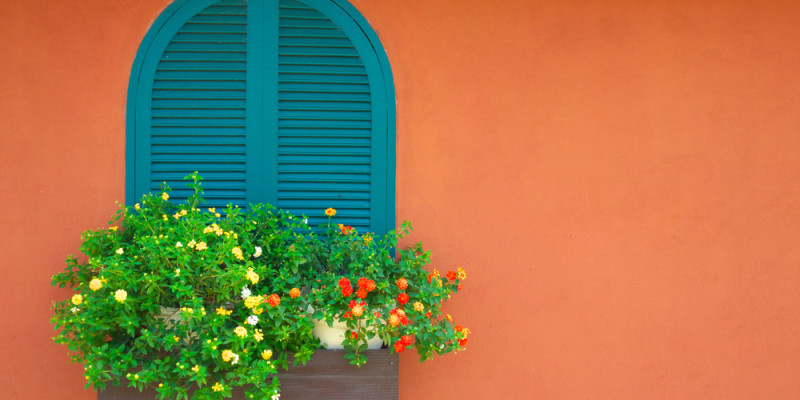You’ve probably heard that color and light can affect your mood. There have been countless studies on what color is best in the classroom for learning, and what color works in a doctor’s office lobby to calm patients. Here are some tips on how you can use paint colors in your home to help set the mood for every room, as well as what to avoid.
Home is where the heart is, and the heart of most homes is the kitchen. Getting the color right in this room is important. Bright, sunny yellows and apple green are go-to colors for creating a feeling of happiness and togetherness. According to HGTV, these are two of the top kitchen colors, along with gray and lighter shades of blue. If you want to include dark blues, incorporate them as accent colors. One color to avoid in the kitchen? Red, as it’s known to stimulate hunger and could lead to overeating.
Welcoming colors work well in living rooms, game rooms and foyers, as this is where most guests will spend their time in your home. Warm colors, like brown and yellow, are not only soft and inviting, but they are also quite neutral and will coordinate nicely with the colors in other rooms.
The best bedroom colors are calming and sleep-stimulating. Neutral grays and colors in the blue family, like ocean blue or navy help to put you in that bedtime mood and also look great with creamy white bedding. One word of caution – don’t go too overboard with dark colors here, as you don’t want to have a room that feels dark and dingy. Add artwork and accents to lighten up very dark walls.
It can be tempting to put bright colors in your kid’s bedroom, but beware as they can be over-stimulating and actually prevent sleep – and what parent wants to do that?! Dabble with primary colors (red, blue, yellow) in their brightest shades in the playroom, but when it comes to bedrooms, the same guidelines apply. If you’re in love with the idea of purple in your baby girl’s nursery, opt for the lighter, softer shades on the walls. Fire engine red in your son’s room – not the best idea for a paint color, but it can be good as an accent. On the walls, go for orange instead, as it’s known for promoting confidence and independence while putting children at ease.





